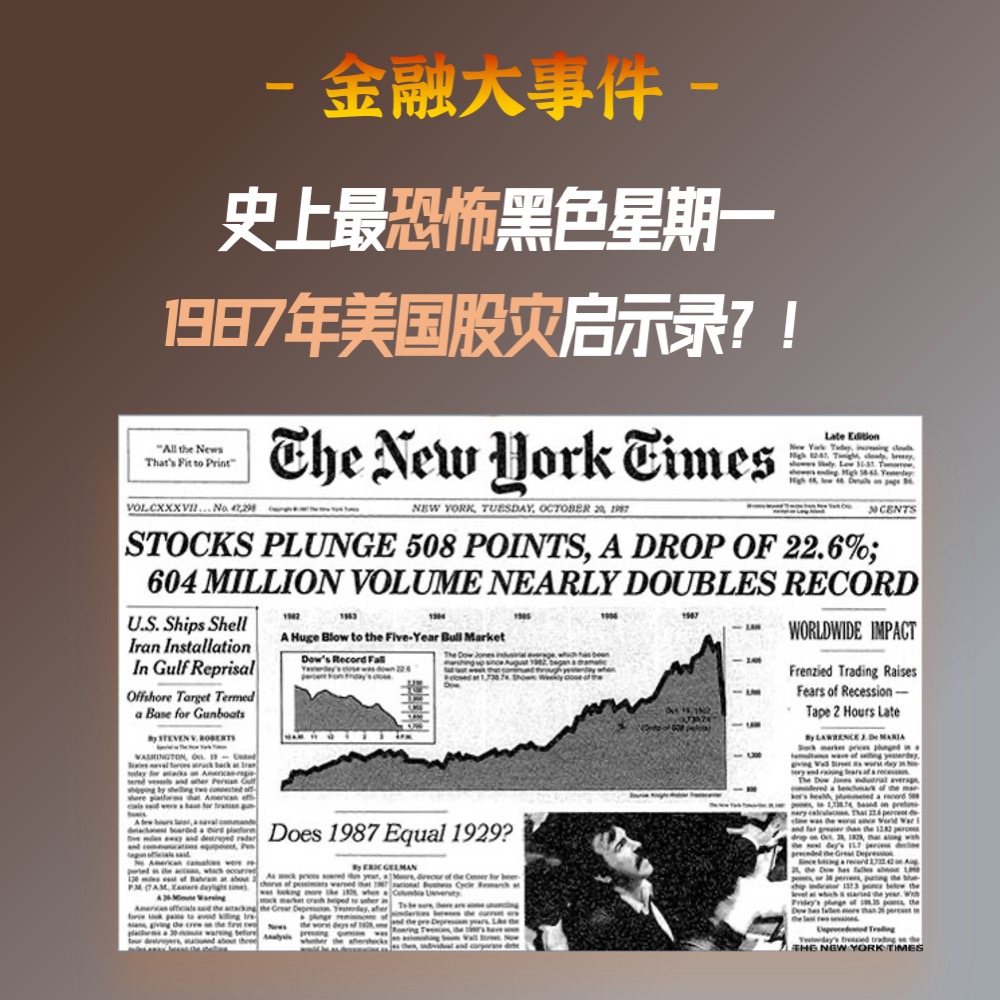发生了什么?
1994年的时候,整个纳斯达克股票报价的Spread=1/8美元,也就是说股票的每一个价格台阶是1/8,这个价差已经是非常大了。
1994 年 2 月,有学者研究 Nasdag 市场做市商报价,通过对100个最大股票的分析,发现做市商避免采取1/8,3/8,5/8,7/8的报价。也就是说做市商的报价一般都是偶数,这实际就是将报价的Spread变成1/4(2/8)美元。
Christie W G, Schultz P H. Why do NASDAQ market makers avoid odd‐eighth quotes?[J]. The Journal of Finance, 1994, 49(5): 1813-1840.
ABSTRACT
The NASDAQ multiple dealer market is designed to produce narrow bid-ask spreads through the competition for order flow among individual dealers. However, we find that odd-eighth quotes are virtually nonexistent for 70 of 100 actively traded NASDAQ securities, including Apple Computer and Lotus Development. The lack of odd-eighth quotes cannot be explained by the negotiation hypothesis of Harris (1991), trading activity, or other variables thought to impact spreads. This result implies that the inside spread for a large number of NASDAQ stocks is at least $0.25 and raises the question of whether NASDAQ dealers implicitly collude to maintain wide spreads.
但研究表明,减小报价档位,能够使客户得到较低的交易成本,但是价格单位的变小,也减少了限价报价的吸引力,降低了市场深度,减小了市场流动性。
因此价差越大,对投资者而言交易成本就越高。做市商相当于用了一个很巧妙的方法将投资者的交易成本拉高了。
这本来是一篇学术文章,做市商看见后,纷纷开始改变他们的报价策略,后面就发现,1/8,3/8,5/8,7/8这些奇数的报价也都有了。
1997 Order Handling Rule
因此,1997年,美国出台了1997 Order Handling Rule:
- 要求 Nasdag 做市商必须在 30 秒内将无法成交的订单向ECN 市场公布
- 要求 ECN 市场报价与 Nasdag 市场报价接通
现在再去看Nasdag市场,自从2005 年 4 月,美国 SEC 通过了“全美市场系统修正案”(Regulation NMS)后,亚美分条例规定了微幅报价档位(minimum price variation, MVP)
- 对于买卖报价不低于一美元的股票,禁止市场参与者报出报价档位低于 0.01 美元的买卖报价,防止使用微幅报价进行限价单抢单(step-ahead)行为;
- 对于一美元报价以下的股票,最小报价单位为 0.0001 美元。)
所以从案例可以看出,整个金融市场要不断的透明化,最终才有利于整个市场的发展。












